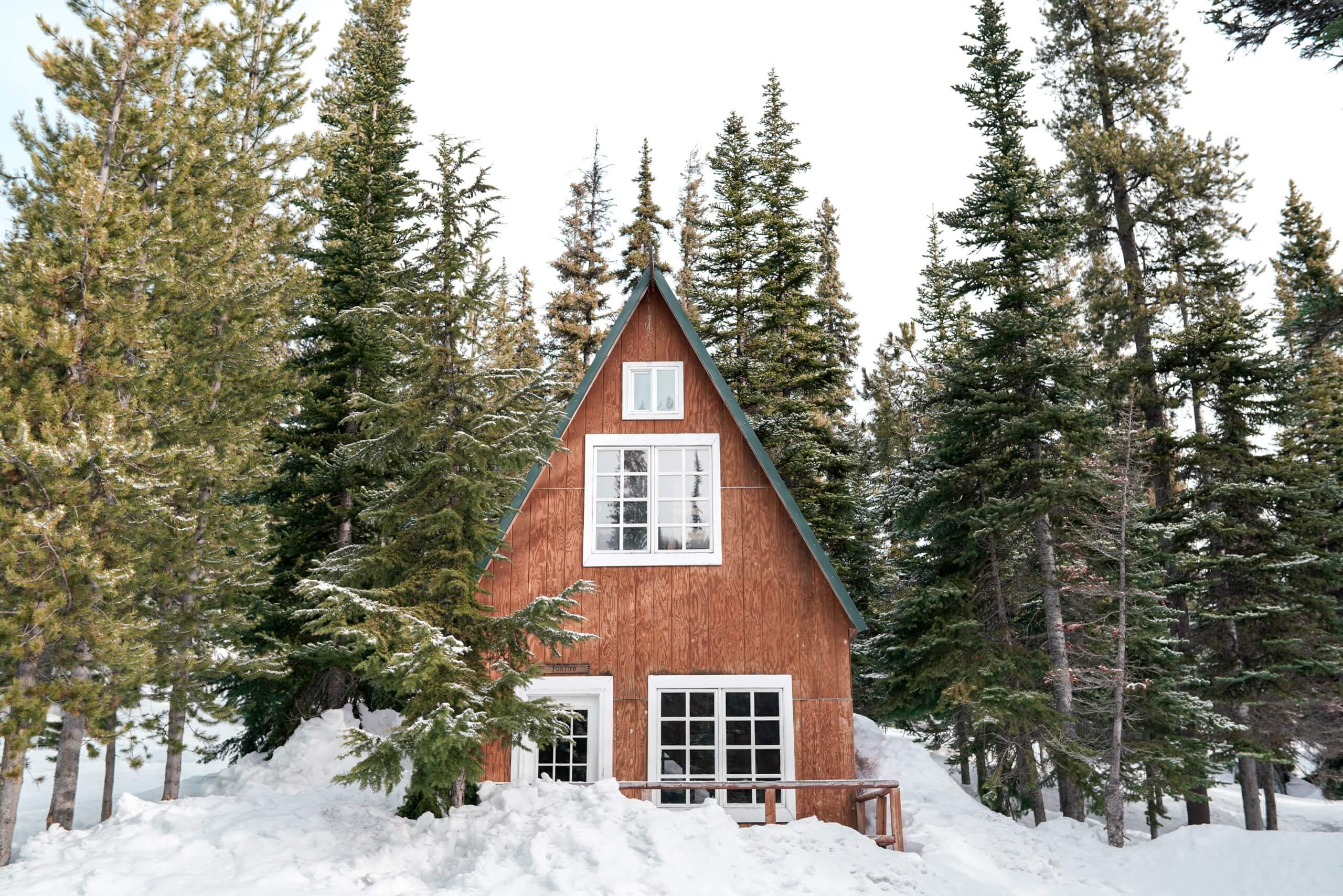Opening windows or doors for fresh air is a great way to filter out stale, polluted indoor air. However, during the colder winter months, opening windows and doors is impractical. It can quickly create an uncomfortable and freezing cold home. This is why homeowners need an alternative option, something else to ensure good home ventilation in winter.
Mechanical ventilation is a great alternative ventilation solution. Not only can it be used year-round, but it also works alongside your home’s HVAC system. Both energy recovery ventilator (ERV) and heat recovery ventilator (HRV) whole-home ventilation systems can be relied upon to ventilate homes, buildings and any indoor space during every season—including the cold winter months. The best system for your home will depend on your space’s specific ventilation needs.
What Is Mechanical Ventilation?
A mechanical ventilation whole-home or whole-building system works in tandem with the already existing HVAC system. Mechanical ventilation solutions introduce fresh air throughout the space by circulating air through ductwork with the help of HVAC system fans.
Many of us already have space-specific ventilation systems in our homes, like bathroom fans or the fan above stovetops to remove excess moisture and smoke. Whole-home systems use the same process for the same purposes but on a larger scale.
System installation is relatively painless—it simply requires the addition of the ventilation device to the HVAC system and the ability to run ductwork to the outside. This is an incredibly low-maintenance yet high-return product because it’s efficiently providing fresher cleaner air as long as the system is running. As aforementioned, there are two types of whole-home ventilation systems to consider for your space, ERVs and HRVs.
Which System Is Better for Ventilation In Winter?
Heat Recovery Ventilation Systems
Heat recovery ventilation systems remove stale air from your home while bringing in fresh air from the outside. The system warms incoming air without having to generate its own heat. By recycling heat from the outgoing air and using it to warm the incoming air, HRV systems are incredibly energy-efficient.
The stale air and fresh air never mix during the heat transfer process, ensuring that only the cleanest air is in the living space. HRVs are able to reduce energy bills making them a smart investment both for the short-term and long-term.
Energy Recovery Ventilation Systems
While HRV systems have many advantages, it is not the ideal choice for every space. Homeowners that live in drier winter climates are better off choosing an energy-recovery ventilation system instead. ERV systems also remove stale air from your home while bringing in fresh air from the outside.
Additionally, ERV systems work to maintain good humidity levels in your home while also saving energy. This is the key difference between ERVs and HRVs: energy recovery ventilators also transfer moisture.
ERV systems help transfer moisture during the cold and dry winter months. During warm and humid summer months, humidity from the outside air is removed before it enters the home. This reduces the strain placed on air conditioning systems. If the humidity levels in your home are also a concern, then you should strongly consider an ERV system.
 More: Are you struggling to control humidity levels in your home during the colder months? We offer a few tips here →
More: Are you struggling to control humidity levels in your home during the colder months? We offer a few tips here →Why Mechanical Ventilation Is Beneficial
With so many household expenses already, why should you bother spending money on mechanical ventilation? Stale air in your home is not only unpleasant, but it’s also unhealthy. While the air in your home might smell clean, that doesn’t mean it actually is. It’s impossible for the human nose to detect the multitude of contaminants circulating throughout an indoor space. Undetectable air pollutants poorly impact the health of occupants—worsening asthma and allergy symptoms and increasing the risk of more serious health concerns.
Over the last few decades, air quality and building regulations for homes have changed. Surprisingly, older buildings constructed during a time of less regulation ensured that at least some fresh air seeped indoors through natural cracks in the home’s walls or foundation. Thanks to modern construction standards, albeit helpful in many other ways, homes have less natural airflow than before.
And that’s saying something considering older homes with draftier spaces still require increased incoming fresh air for healthier indoor air. According to the Environmental Protection Agency, the need for ventilation in every space is clear. Whole-home ventilation systems can help remove unwanted indoor air pollutants and instead make sure that only clean air is circulating throughout the space.
Indoor Air Quality Solutions
Many of us notice poor indoor air quality during the colder winter months. Sore throats in the morning and dry skin throughout the day are more noticeable. Thus, investing in a whole-home ventilation system is necessary to better prepare for the colder weather.



